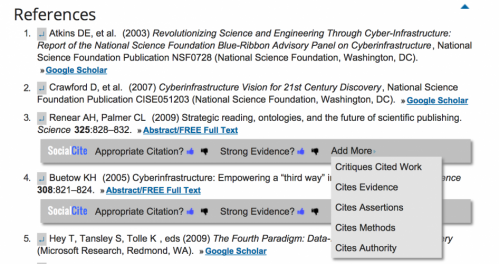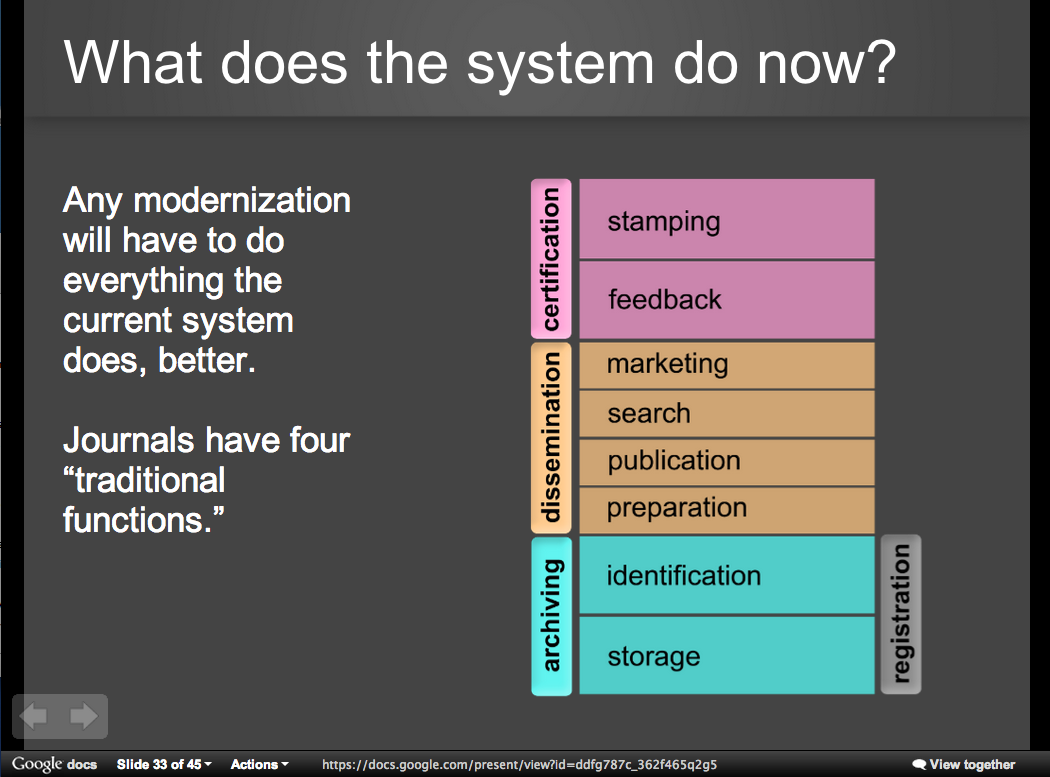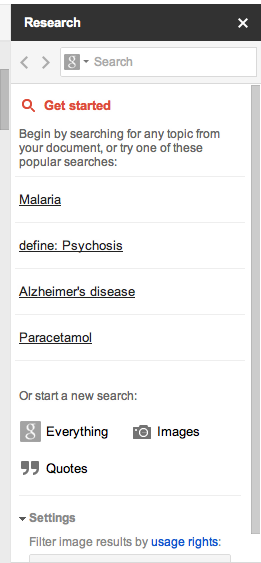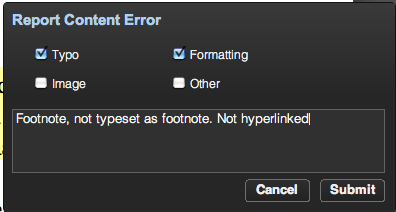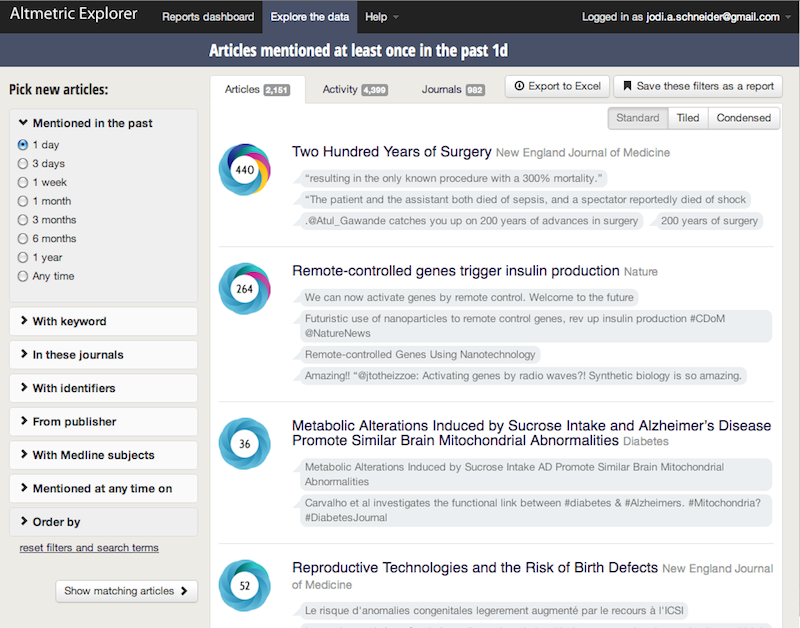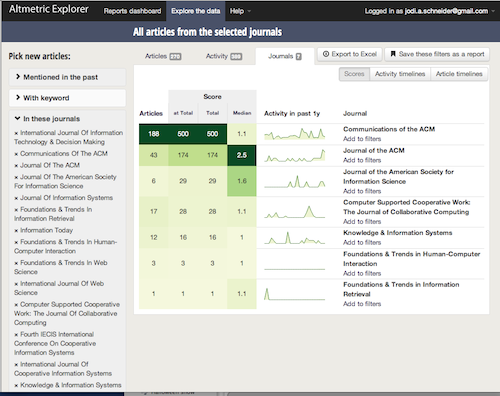Here is a glimpse into scholarly communication 20 years ago, from a paper about Alzforum, the Alzheimer Research Forum website. “In July of 1996, the website made its debut at the International Conference on Alzheimer’s Disease and Related Disorders in Osaka, Japan.” ((page 458, Kinoshita, June, and Gabrielle Strobel. “Alzheimer Research Forum: a knowledge base and e-community for AD research.” in Alzheimer: 100 Years and Beyond, Mathias Jucker, Konrad Beyreuther, Christian Haass, Roger M. Nitsch, Yves Christen, eds. Berlin Heidelberg:Springer-Verlag, 2006: 457-463.))
Having established a foothold in cyberspace, the challenge for Alzforum was and continues to be to define new types of scientific publishing that take advantage of the speed and wide distribution of the Web and to curate and add value to information available from other public sources. This is a perennial challenge, thanks to the rapid advances in biomedical resources on the Web.
This uphill struggle, however, seems less strenuous when we compare the current situation with the “old days.” Recall that in 1996, PubMed did not exist! (PubMed was launched in June of 1997.) Medical institutions had access to Medline, but in order for Alzforum to produce its Papers of the Week listings, the editor had to ask the Countway Medical Library at Harvard Medical School to provide weekly text files listing newly indexed AD papers. The Alzforum hired a curator to paraphrase each abstract so that this information could be posted without violating journal copyrights. These documents were manually edited, sent out in a weekly email to the advisors for comments, and compiled into a static HTML page. Looking back, we can see that the entire process seems as antiquated as the hand-copying of manuscripts in the Middle Ages.
(emphasis mine)
From pages 459-460 of “Alzheimer Research Forum: a knowledge base and e-community for AD research” ((Kinoshita, June, and Gabrielle Strobel. “Alzheimer Research Forum: a knowledge base and e-community for AD research.” in Alzheimer: 100 Years and Beyond, Mathias Jucker, Konrad Beyreuther, Christian Haass, Roger M. Nitsch, Yves Christen, eds. Berlin Heidelberg:Springer-Verlag, 2006: 457-463.))
